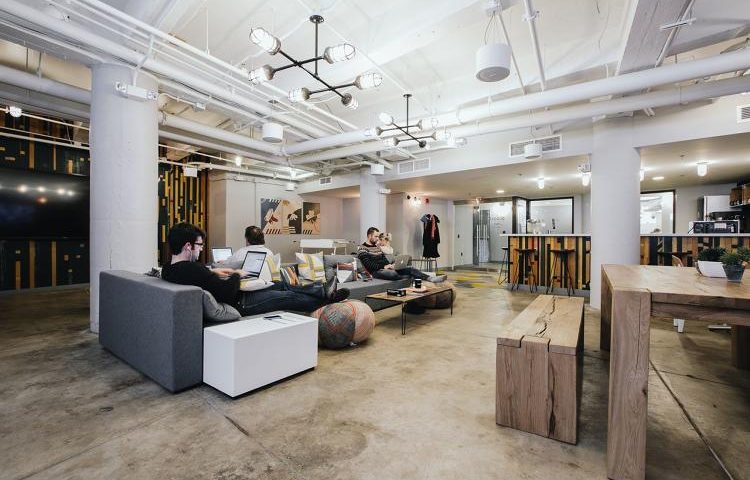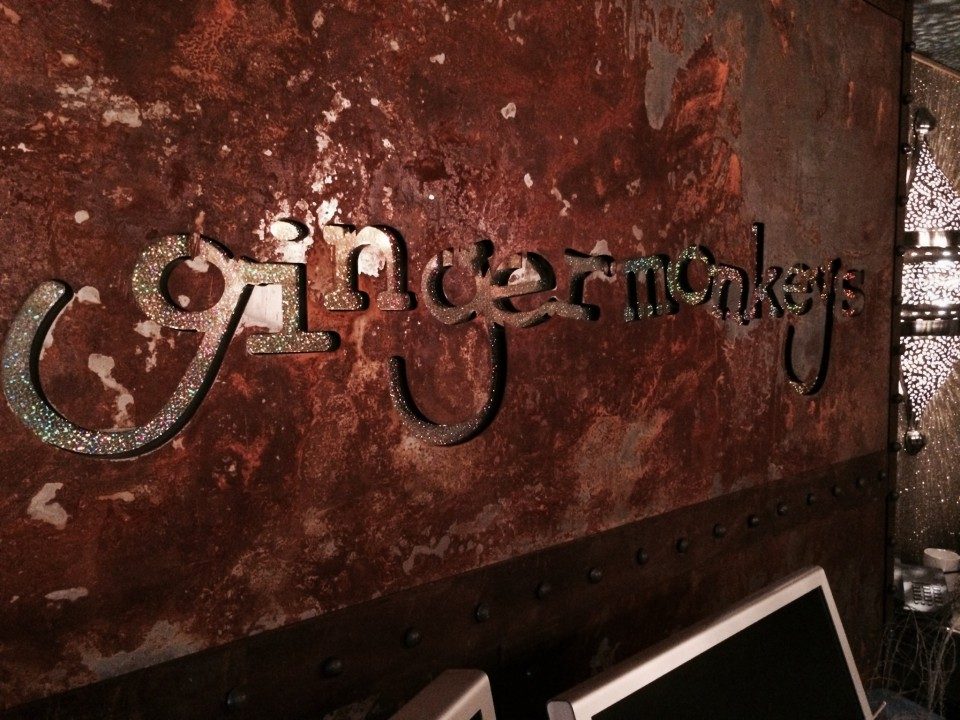Workspace Design Trends To Increase Your Productivity

Is office design a boardroom issue?
May 4, 2016
10 Office Design Tips to Foster Creativity
May 8, 2016Workspace Design Trends To Increase Your Productivity

Your office needs more nooks, less sitting. Give your employees a space they look forward to coming to.
Creating paths for chance meetings, including nooks, and designing agile, unique workspaces are solutions that designers say promote collaboration, creativity, and productivity in the modern office. “In the last four to five years, we’ve all been focusing on sustainability and the impact technology has in an office,” says Kay Sargent, director of workplace strategies at infrastructure solutions provider Lend Lease. “During this time, we’ve forgotten that we’re designing for people. Now there’s a real focus on trying to maximize human potential, performance, and productivity.”
But what is productivity? It’s no longer about sitting at your desk with your head down working all day. “I think of [productivity] as effectively creating ideas and solving problems and a lot of that has to do with being collaborative,” says Miguel McKelvey, cofounder and chief creative officer of coworking office space WeWork. To help employees come up with their next great idea, McKelvey and Sargent provide the most current trends in workspace designs:
CREATE PATHS FOR CHANCE MEETINGS
In the past, people used to have to sit at their desks if they needed to answer emails, but today, anyone can do that—or any other work—from anywhere. This means that, from a creative perspective, it’s no longer necessary to make sure people are at their desks at all time. “It’s more crucial to make sure people are connecting and brainstorming with each other,” says McKelvey, who leads design and architecture at WeWork.
“We’re very specific when we’re drawing work plans. We think about the chances of when a person gets off the elevator where they will go,” he says. “We think about how people get to a coffee machine, when they go and get their lunch, when they go to the bathroom.” The chance encounters are necessary to increase familiarity and to hopefully create conversations that lead to solutions.
Sargent, former vice president of architecture and design at furniture manufacturer Teknion, says there is a popularity now for designs that help people move. “There’s a huge movement now to design for human potential … for intellectual and emotional intelligence,” she says. “We see staircases are now designed to be in the center of offices and not in the back as exits.” This is because designers have realized that there are several chance encounters that could happen as people pass one another on stairs, simply going to and from their desks.
INCLUDE NOOKS NEAR COMMON AREAS
The best-case scenario when people run into each other is that brilliant conversations spark, resulting in innovative solutions. This is exactly why you should include nooks—areas where people can go and maintain some privacy—around these common areas and paths. “When you start a conversation when you’re at the coffee machine, you can quickly sit down after and have a 20-minute meeting,” says McKelvey. “If you have to reserve a conference room to finish that conversation, then you lose time. It’s not efficient.” McKelvey advises to put these nooks adjacent to social places, such as areas for eating, coffee, or printing.
BUILD CONFERENCE ROOMS DIRECTLY IN COMMON AREAS
Instead of the boring walls that usually put people to sleep, glass walls in the middle of a busy area can help keep the mind awake. “Your mind is being spiked by the activity that’s swirling around,” says McKelvey. The downside is that this could be a problem for people who have issues concentrating.
INCLUDE BOOTHS FOR PRIVATE CONVERSATIONS
With the popularity of open floor plans, “it’s certainly important for people to have a sense of privacy,” says McKelvey. “People need a space that they can go to make a conference or Skype call.” “It’s important to create those spaces and create a company culture that supports those spaces.” In other words, you don’t want to have a culture where the boss is always asking why someone isn’t at their desk. People need to feel like they can go to a private area for a phone call or simply to work uninterrupted if they need to.
CREATE AN AGILE WORKSPACE
“We’re designing spaces today where every employee doesn’t have to sit in a specific spot,” says Sargent. “Rather than going to sit in one desk all day, it could be that I’ll start working at a bench, then I’ll go to a more quiet space for head-down concentration, then I’ll go to the social hub because I want to connect with my co-workers. We’ve moved beyond traditional offices to agile design.”
Sargent says agile designs make more sense because it feels more comfortable for employees. If you have a house, you go to the space designed for the task at hand instead of having to sit in one spot all day. This increases your movement, and creates an agile environment where people have choices, more control, and power. “We still need to conquer how to control distractions. You can’t control all distractions, but you can get up and move.”
HAVE ADJUSTABLE DESKS AND CONFERENCE TABLES
Research shows that sitting too much is harmful to our health and employers should be concerned about the health of their biggest asset: their employees. The solution to this problem is the adjustable desk, which is said to be a healthier alternative and can help people feel more alert throughout the day. “Desks need to be in sync with our natural movements,” says Sargent. “If I want to stand, I should be able to stand and if I want to sit, I should be able to sit.”
Sargent says desks today should be able to adjust to any height and conference tables should do the same since research also shows that standing meetings keep groups more engaged and less territorial than sitting meetings.
Article By – Vivian Giang
Article Source – http://www.fastcompany.com/3032792/the-future-of-work/6-workspace-designs-trends-to-increase-your-productivity/3

